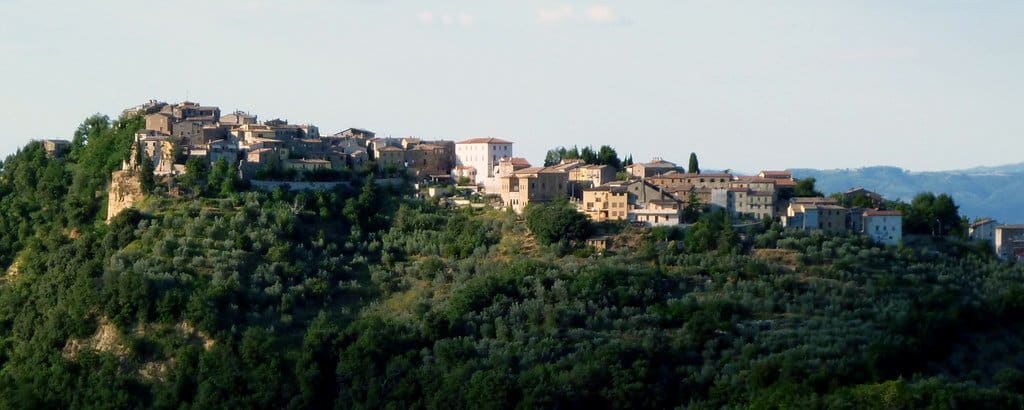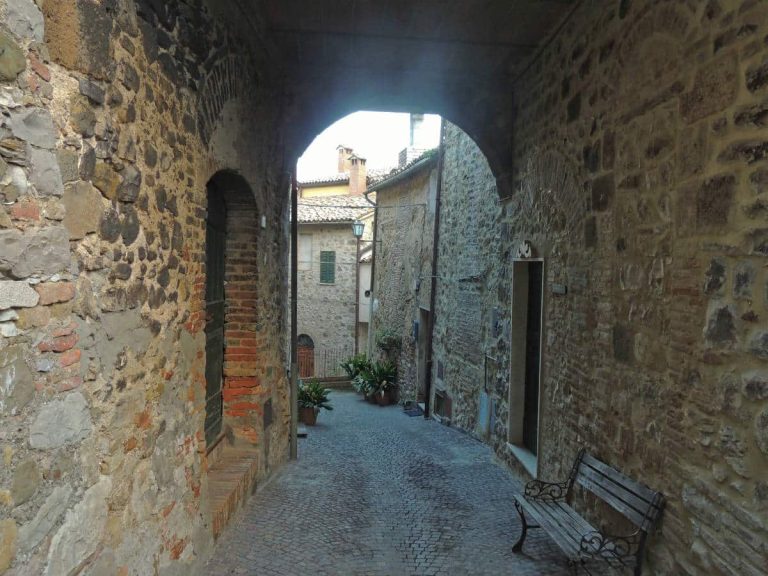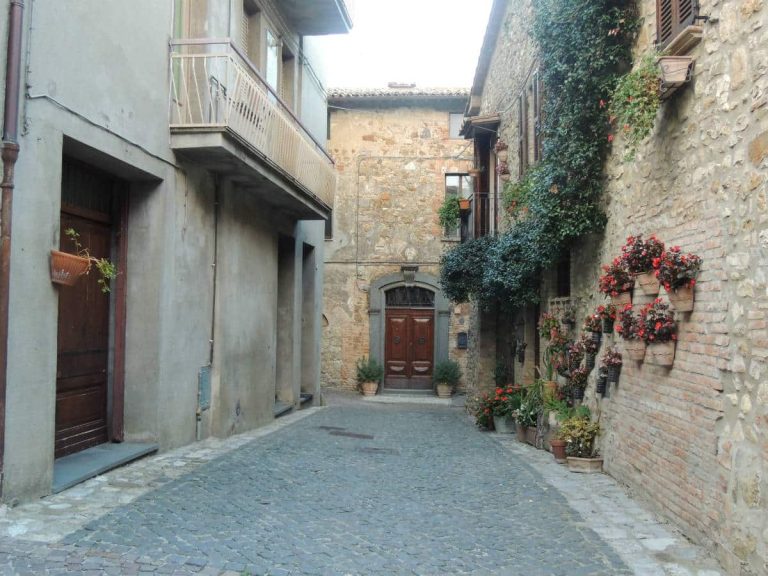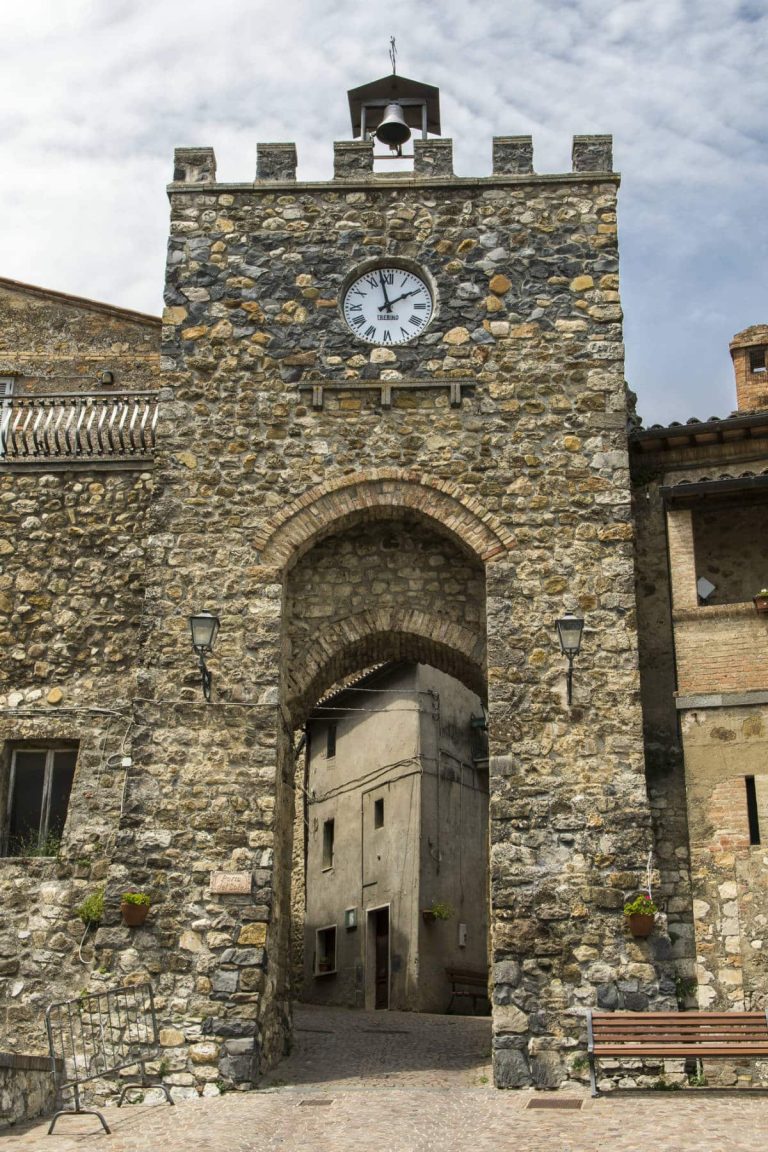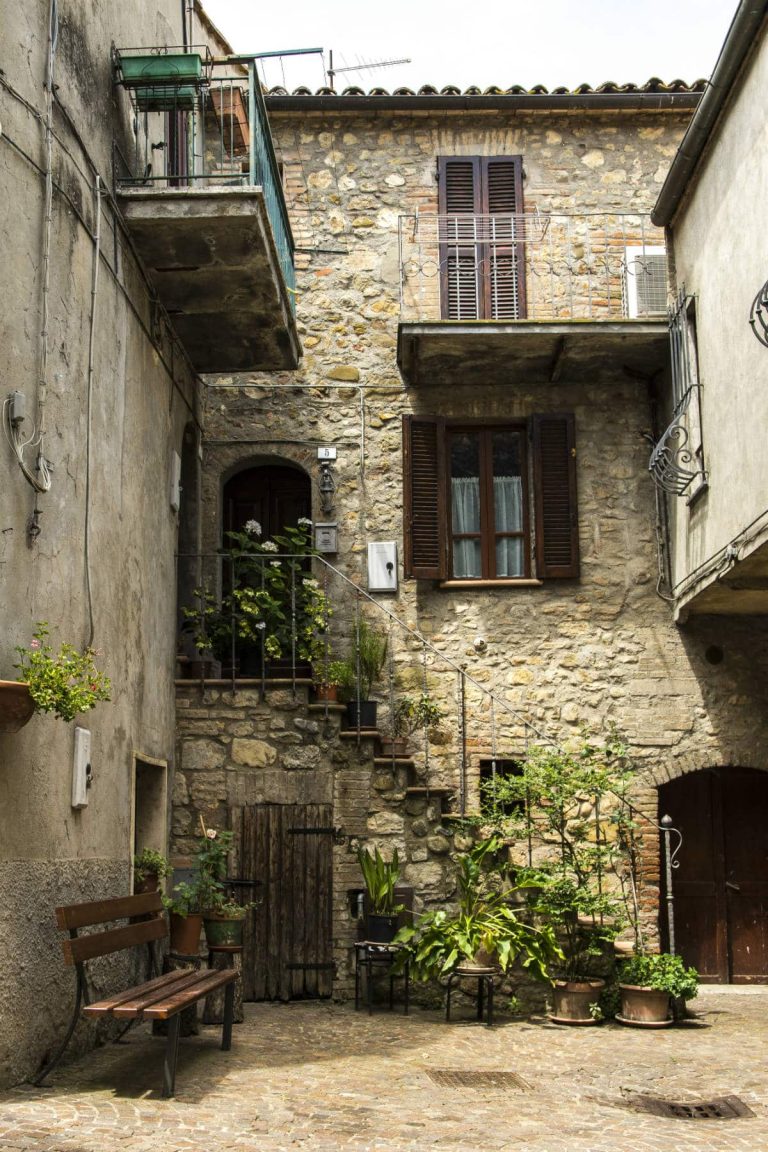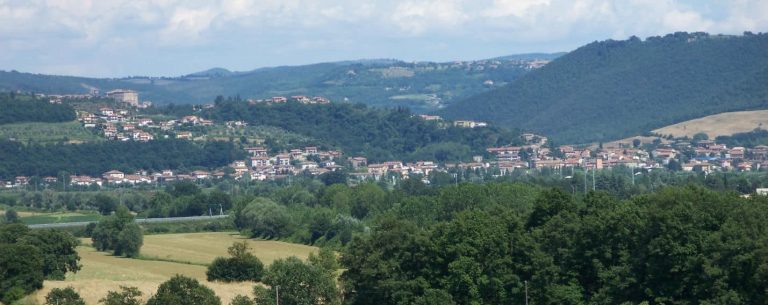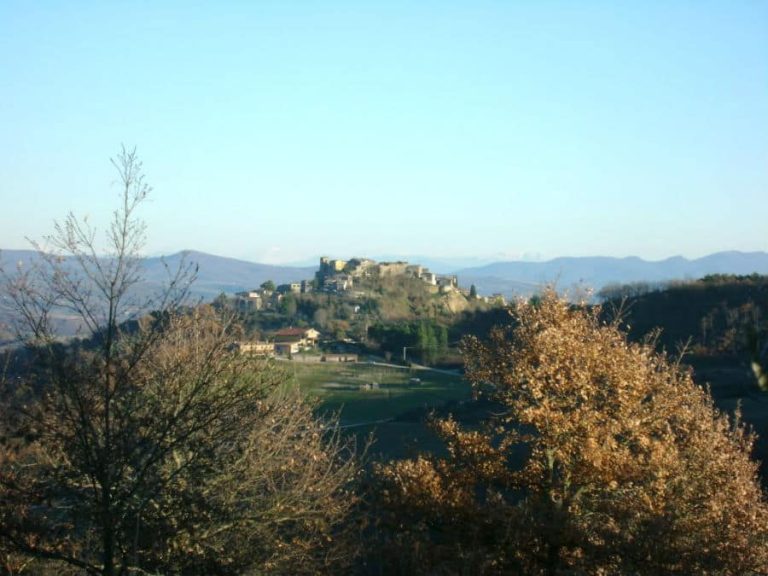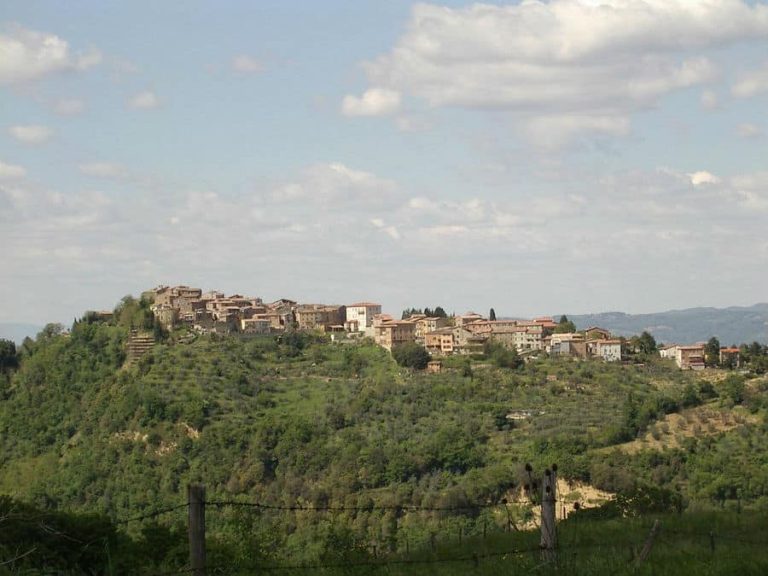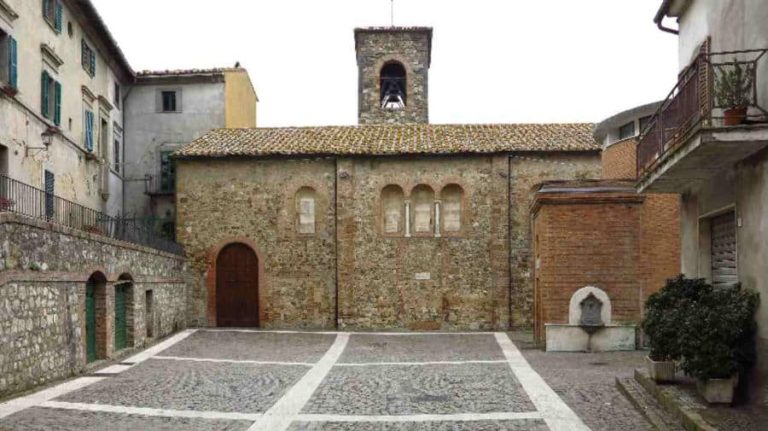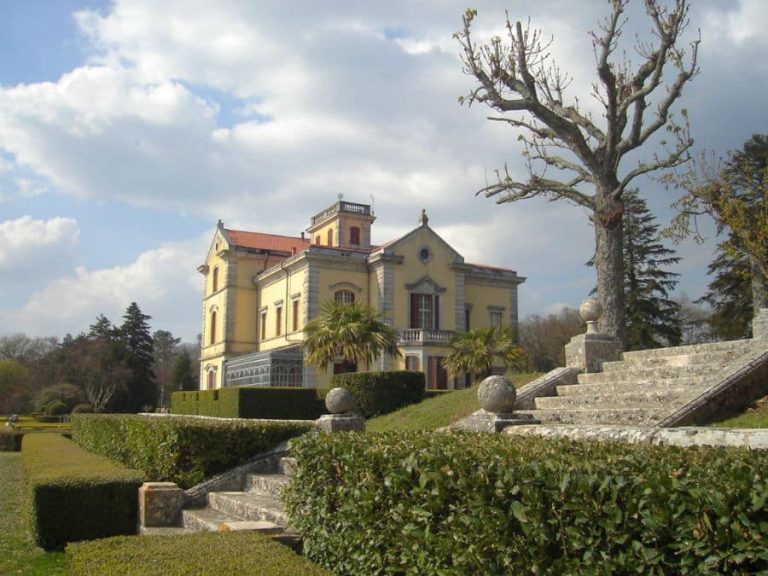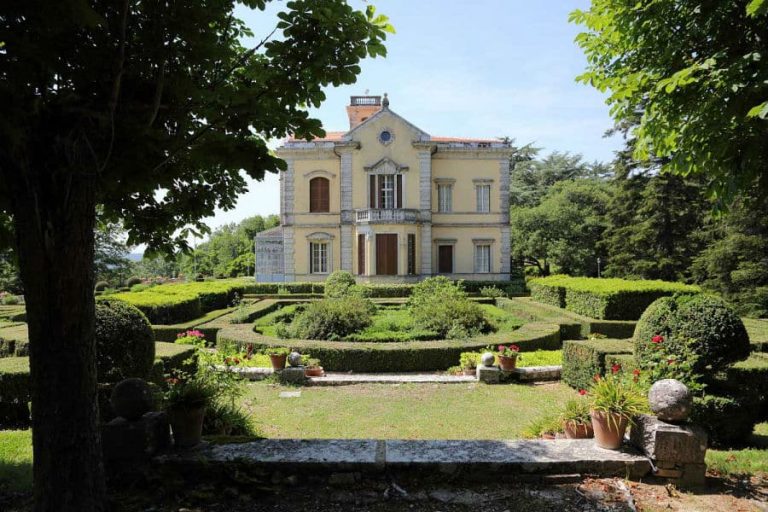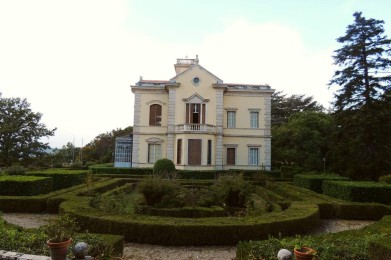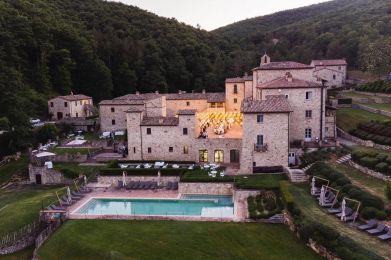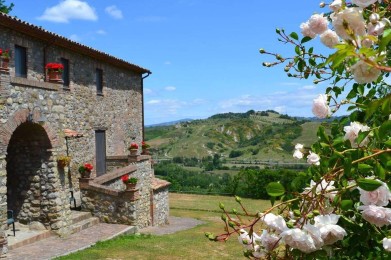Perched on a hill at an altitude of 472 meters, Allerona is one of the most charming villages in Umbria, included in the list of The Most Beautiful Villages in Italy. Located in the so-called "blessed triangle," on the border between Umbria, Tuscany and Lazio, it is a place where history, rural culture and unspoiled nature blend harmoniously.
An ancient and glorious past
The origins of the village go back in time: the first communities settled as early as Etruscan times, but it was the Romans who left certain traces, including stretches of the ancient Via Cassia (also known as Via Traiana Nova) and two milestones, witnesses to the road fervor of the time.
During the Middle Ages, Allerona became a strategic castle under the influence of the powerful Orvieto families of the Monaldeschi and Filippeschi. Of the ancient Castle of Lerona today remain the defensive walls and the striking Porta del Sole and Porta della Luna, which mark the eastern and western entrances to the village, respectively. The name "Lerona" may derive from the strawberry tree, called "lerone" in dialect, which is widespread in the surrounding woods.
In 1495 the village was sacked and razed to the ground by the troops of Charles VIII during his descent to the Kingdom of Naples. Despite the devastation, Allerona was able to revive quickly: in 1585 the community had already reconstituted itself with its own charter. After centuries under the rule of the Papal States, it was annexed to the Kingdom of Italy in 1860 thanks to the action of the Tiber Hunters led by Luigi Masi.
Discovering the village
The historic center is a maze of stone alleys that wind around Piazza Santa Maria, the heart of the village, where the castle once stood. Today the square houses the Church of Santa Maria della Stella, dating from the 12th century and renovated in the 19th century, and the Palazzo Visconteo, built in the 14th century by the Monaldeschi family.
Not far away is the former Dopolavoro Palace, built in 1926 during the Fascist era, which now houses the permanent exhibition of the Pugnaloni, one of Allerona's most fascinating traditions.
The Pugnaloni: a peasant festival with deep roots
Among the most heartfelt celebrations is the Feast of the Pugnaloni, dedicated to St. Isidore, the patron saint of farmers. The festival, celebrated in May, has its origins in pagan rituals linked to the fertility of the land and the Roman mercantile calendar. Today it is manifested in a spectacular parade of floats decorated with agricultural elements and wooden and clay figurines depicting scenes of peasant life, led by figures in 19th-century costumes. In the center of each float is the symbolic scene of Isidore praying while two angels plow the fields in his place.
Naturalistic and geological treasures
Allerona is also pure nature. The village overlooks the striking Monte Peglia and Selva di Meana Park (S.T.I.N.A.), an area rich in biodiversity, trails and unspoiled views. Among the jewels surrounded by greenery is Villa Cahen, an Art Nouveau mansion built in the early 1900s by Ugo Cahen. In addition to the residence, you can visit Italian and English gardens, a rare Japanese garden, and admire spectacular views of the Paglia River valley.
Just outside the village, the Church of the Madonna delle Acque-an elegant 18th-century octagonal temple-stands near a spring believed to be miraculous, confirming the deep connection between Allerona, water and spirituality.
A sea ... of fossils
Finally, a surprising chapter in Allerona's history takes us back almost 2 million years, when this area faced an ancient marine gulf. The numerous finds of fossil remains of whales, sperm whales, mollusks, crustaceans and ambergris found in the clay soils between 2003 and 2008 are now preserved and displayed in the village's Museum of Geological Cycles, a must-see for those who love science and paleontology.
Allerona is a little treasure chest: a journey through history, among deep-rooted traditions and breathtaking landscapes, in a corner of Umbria where time seems to slow down, and the bond between man, land and culture is still alive and authentic.

